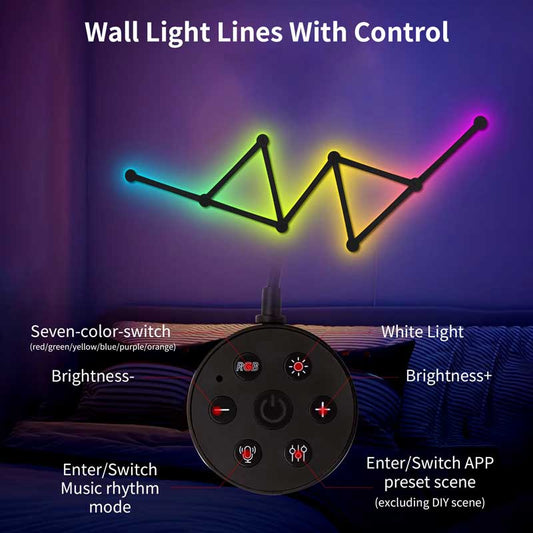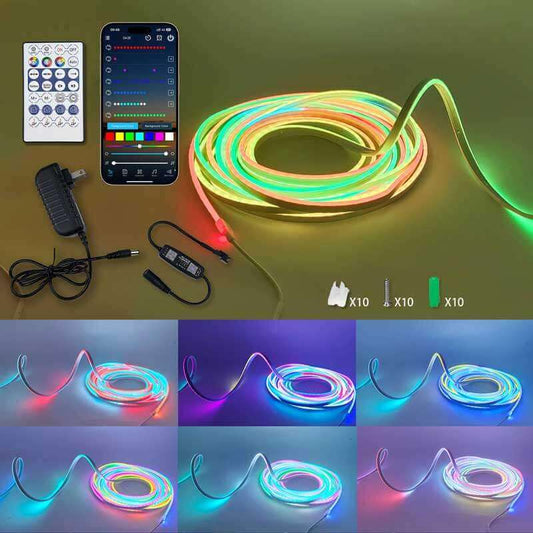What is the most effective bird deterrent?
Share
The most effective bird deterrent depends on the species of bird, the environment, and the specific problem you're trying to solve (e.g., preventing birds from nesting, keeping birds away from your garden, or avoiding damage to your property). However, some general bird deterrents have proven to be very successful in discouraging birds from coming into certain areas.
Here are some of the most effective bird deterrents:
1. Reflective and Shiny Objects
- Why It Works: Birds are naturally frightened by movement and reflection. Shiny surfaces, such as aluminum foil, reflective tape, or mirror-like objects, can confuse birds and make them feel unsafe.
-
Examples:
- Reflective bird scare tape: Hang this tape in areas where birds are problematic. The movement and reflection in the light will keep them away.
- CDs or shiny plastic strips: Hang these from trees, fences, or other structures.
- Reflective bird deterrent balloons: These large balloons often feature a large predator eye, which is intimidating to birds.
2. Bird Spikes
- Why It Works: Bird spikes physically prevent birds from landing or roosting on surfaces. They don’t harm the birds but make the area uncomfortable for them.
-
Examples:
- Stainless steel bird spikes can be installed on window sills, ledges, roof edges, and other spots where birds like to perch.
- These are a permanent solution to keeping birds from roosting on your property.
3. Predator Decoys
- Why It Works: Many birds are instinctively fearful of predators. Using a decoy of a bird of prey can make the area seem unsafe to other birds.
-
Examples:
- Owl decoys: Place life-like owl statues or plastic owls around your garden or near your roof to deter smaller birds.
- Hawk decoys: These can also work in deterring other birds from your garden.
- Make sure to move the decoys around occasionally, as birds may get used to stationary ones over time.
4. Bird Netting
- Why It Works: Bird netting is an effective physical barrier that prevents birds from entering certain areas. It’s particularly useful for keeping birds out of gardens, fruit trees, or rooftops.
-
Examples:
- Garden bird netting: Use it around fruit trees or gardens to prevent birds from pecking at the produce.
- Roof netting: Install netting along rooflines or in attics to prevent birds from nesting.
5. Sound Deterrents
- Why It Works: Certain sounds can be distressing to birds. Using devices that emit predator calls or ultrasonic noise can discourage birds from staying in a particular area.
-
Examples:
- Bird distress calls: These devices play the sounds of birds in distress, which signals to other birds that the area is dangerous.
- Ultrasonic bird repellers: These devices emit high-frequency sounds that are annoying to birds but undetectable by humans. They can be effective in repelling certain species.
6. Motion-Activated Deterrents
- Why It Works: Motion-activated devices trigger sudden sounds or movements that scare birds. The element of surprise often forces them to flee.
-
Examples:
- Motion-activated sprinklers: These are ideal for deterring birds from gardens or lawns. When a bird steps too close, the sprinkler activates, startling the bird.
- Motion-activated noise deterrents: These devices emit loud noises or flashing lights when they detect movement, which can be alarming to birds.
7. Visual Deterrents (Lights and Flashing)
- Why It Works: Bright or flashing lights can be disorienting or uncomfortable for birds. Lights that simulate the eyes of predators can also scare birds away.
-
Examples:
- Flashing LED lights or LED strobe lights: These lights create confusion and disorientation for birds, forcing them to avoid the area.
- Bird-scare balloons: Some of these balloons have eye spots that mimic the appearance of predators and help keep birds away.
8. Bird Repellent Gel
- Why It Works: This gel creates an unpleasant feeling on a surface that birds don’t like. They are hesitant to land or roost on surfaces treated with it.
-
Examples:
- Bird repellent gel: Apply this gel to ledges, windowsills, and other areas where birds tend to land. It makes the surface sticky and uncomfortable for the birds.
9. Loud Noises
- Why It Works: Birds can be scared away by sudden loud noises or by disturbing their natural environment.
-
Examples:
- Air horns: Some homeowners use loud air horns to scare birds away in emergency situations.
- Whistles or clapping: These can also deter birds from settling in your garden or near your home.
10. Planting Bird-Repellent Plants
- Why It Works: Certain plants produce scents or have qualities that birds dislike. Planting these around your garden can help keep birds away.
-
Examples:
- Lavender, rosemary, lemongrass, or mint: These herbs have strong scents that birds tend to avoid.
- Cilantro and basil: Both have strong aromas that are unpleasant to many birds.
Combination Strategies:
Often, using multiple bird deterrents in combination is the most effective approach. For example, you can use reflective tape to confuse birds, along with bird spikes to prevent landing, and add motion-activated sprinklers to scare them off.
Best Product Reviews and Recommendations:
If you're interested in finding some effective bird deterrent products, here are some options:
-
Bird-X Reflective Bird Deterrent Tape: Widely available on Amazon, this tape is a low-cost, easy-to-install solution for scaring birds away from garden areas, rooftops, or window ledges.
-
Bird Spikes: Popular options include the Bird-B-Gone Stainless Steel Bird Spikes, which are effective for keeping birds off ledges and rooftops.
-
Gardman Plastic Owl Decoy: This realistic-looking owl decoy is a popular choice for deterring smaller birds like pigeons, sparrows, and starlings.
-
Motion-Activated Sprinkler: The Orbit 62100 Yard Enforcer is highly rated for keeping birds out of your garden with a sudden burst of water.
By using a combination of deterrents, you can create a more bird-free environment and protect your garden, crops, or home from unwanted birds.




